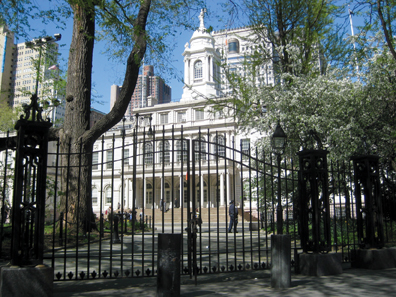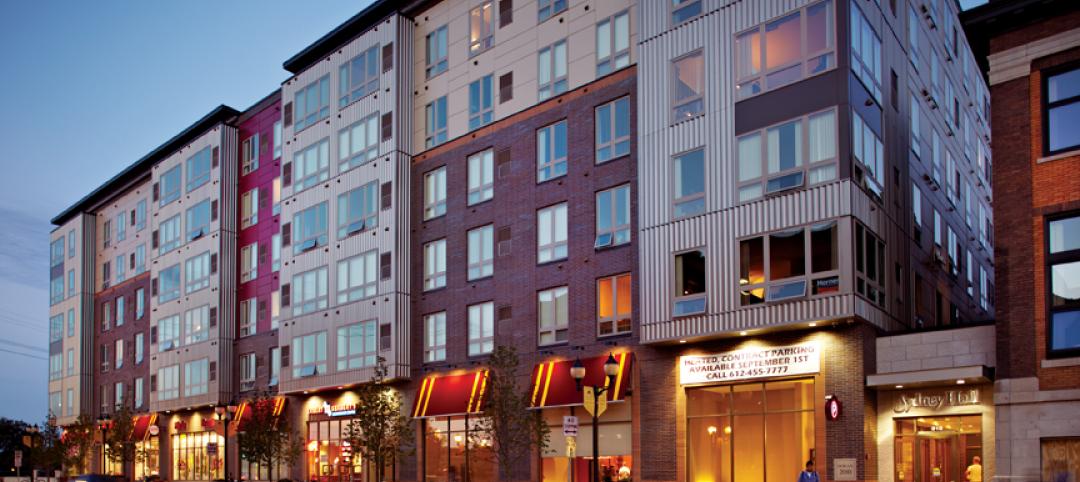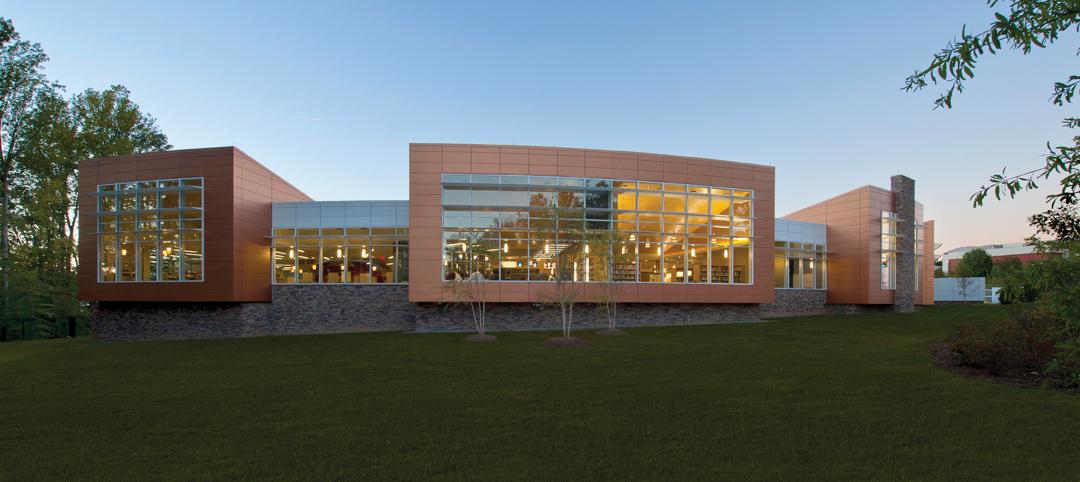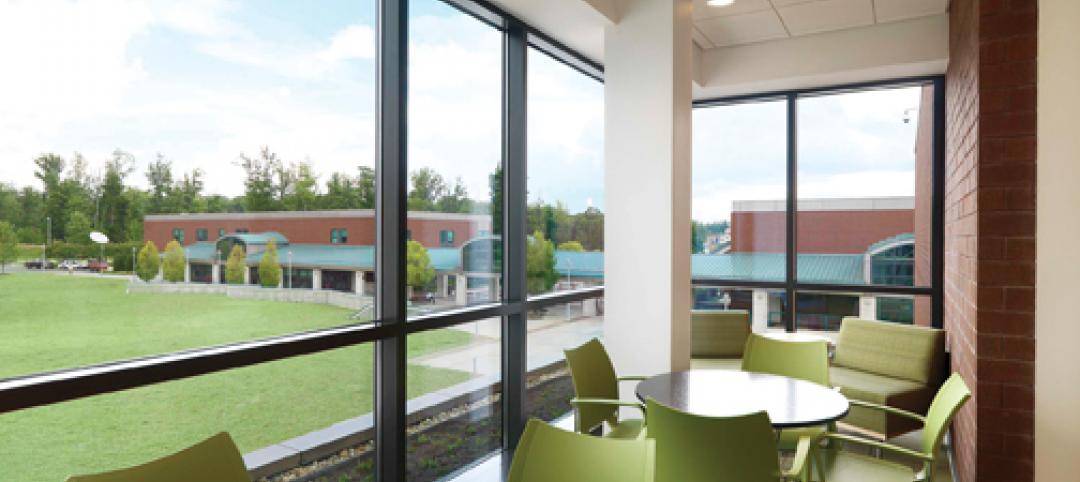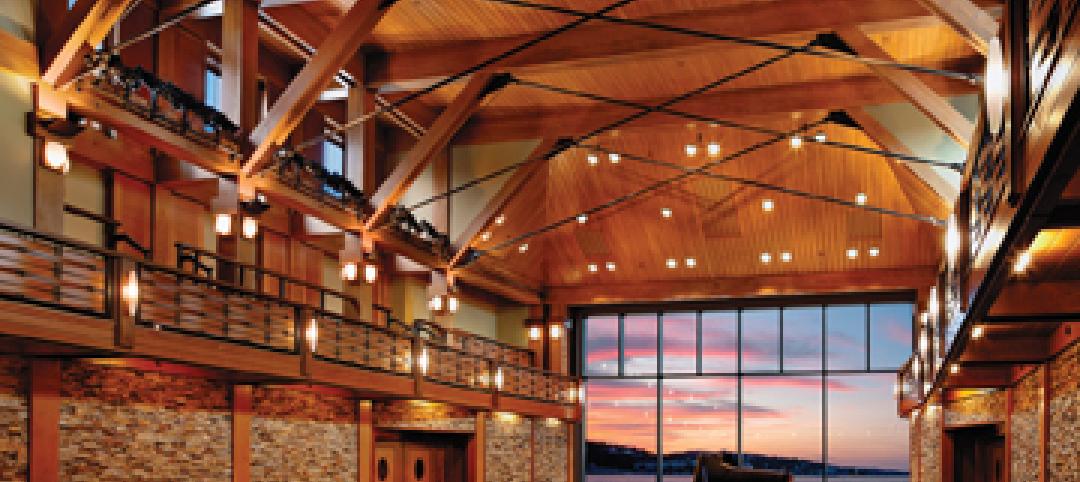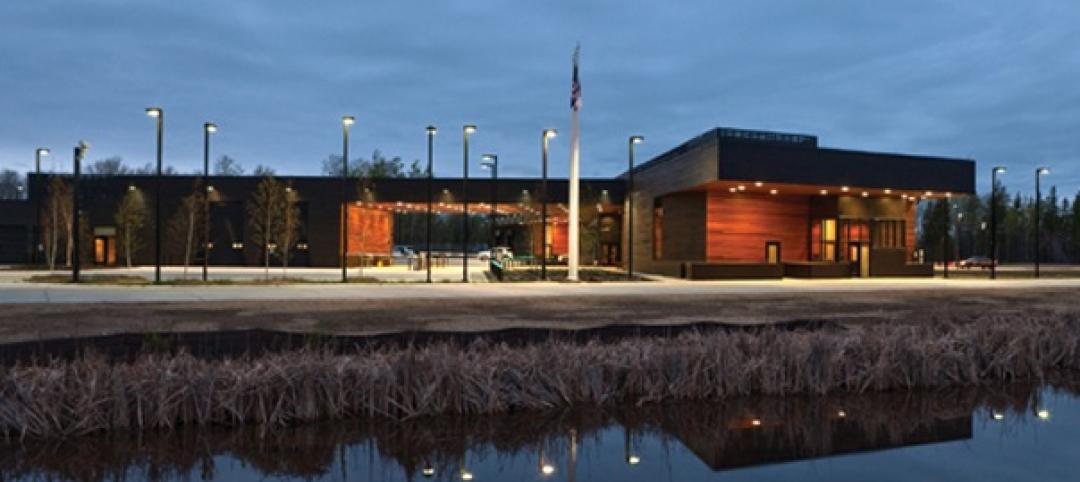Built in 1812, New York’s City Hall ranks among the most important historic buildings in the nation’s most populous and, some would argue, grandest city. With its elaborate furnishings and interiors, invaluable fine arts collection, and gorgeously decorative plaster ceilings, it has been a fitting home to the city’s 108 mayors (including the incumbent, Michael Bloomberg), City Council members, and numerous municipal executive and legislative offices for two centuries. It stands as one of the nation’s oldest city halls still in continuous use.
City Hall last received a major renovation nearly a century ago. Four years ago, a Building Team led by construction manager Hill International took on the monumental task of restoring City Hall for another couple of hundred years of active service.
The job posed some unusual problems. City Hall sits atop four subway lines, which raised concerns about vibration during construction. Both its American Georgian interior and Federal-style exterior have been designated New York City landmarks and are listed on the National Register of Historic Places, making any attempt at restoration a white-glove job. And, as the Building Team would learn, excavation of the site would uncover archeological artifacts whose documentation and preservation had to be completed before work could continue.
PROJECT SUMMARY
CITY HALL
New York, N.Y.Building Team
Submitting firm: Hill International, Inc. (CM)
Owner: New York City Department of Design and Construction
Architect: Beyer Blinder Belle
Structural engineer: Robert Silman Associates
MEP engineer: Lakhani & Jordan
Fire/life safety consultant: Rolf Jensen & Associates
General contractor: Rockmore Contracting Corp. (phase 1); Plaza Construction (phase 2)General Information
Size: 70,000 sf
Construction cost: $93.5 million
Construction time: September 2008 to July 2012
Delivery method: CM at risk
The Building Team also had to contend with the political theatricality of the place—the possibility that at any moment the Mayor might call a press conference that would halt work, or a tour group would come through and interrupt reconstruction activity, or the adjacent park might become the site of a demonstration that could disrupt the delivery of materials. Compounding these logistical issues was a well-publicized fixed date of completion: July 1, 2012, the bicentennial of its original occupancy.
The Hill-led team took on the challenge in bold fashion, starting with the 1903-era ceiling in the 4,050-sf Council Chamber. The 75x54-foot ceiling, with its elaborate oil-on-canvas murals—a central oval panel measuring 40x22 feet surrounded by four 11x11-foot octagonal panels, which are mounted onto the plaster ceiling—towered nearly 29 feet above the floor, complicating the task of restoration.
To enable its team of 11 specialty conservation contractors to execute the work to the level of detail and quality that the project called for, the Building Team erected a temporary “ballroom floor” 11 feet below the ceiling, rather than using scaffolding.
This enabled the conservators to work with much greater precision on the ceiling and allowed them to discover areas of deterioration that might not have been addressed under conventional methods. The canvasses were hand-scraped from the plaster base and removed for off-site refurbishment.
'Trench warefare' in Lower Manhattan
Another massive undertaking involved the revamping of the building’s electrical service. Previously, City Hall obtained its electricity from feeds running from the Tweed Building across the street via an underground tunnel.
To provide City Hall with its own source of electrical service, the Building Team proposed running the electrical feed from a vault located across the street to a newly constructed electrical sub-basement beneath the East Wing. This would require digging an open trench of two thousand linear feet.
Unfortunately, the route of the trench went through a rich lode of archeological artifacts and graves, which meant that work had to be halted with every new discovery. Compounding the problem, the excavation posed a threat to the nearly 300-year-old trees on the park site. The pace of excavation slowed to two feet a day.
Hill International turned for advice to colleagues who were working on local subway projects. They suggested the use of a micro-tunnel boring machine. This device allowed the City Hall team to cut a 32-inch tunnel at a depth of 15 to 20 feet, thereby avoiding any contact with artifacts or human remains. A job that could have taken eight months was completed in three and a half weeks, saving $2-3 million.
Although some work is still proceeding, to date the renovation of City Hall has consumed 2,300,000 man-hours, making it one of the most elaborate reconstruction projects in recent U.S. history.
“This was a very experienced team that executed a spectacular restoration of an important symbol of New York City,” said Reconstruction Awards Honorary Chair Walker C. Johnson, FAIA. “Great attention to detail resulted in an exquisite, newly restored structure.” +
Related Stories
| Jan 21, 2011
Nothing dinky about these residences for Golden Gophers
The Sydney Hall Student Apartments combines 125 student residences with 15,000 sf of retail space in the University of Minnesota’s historic Dinkytown neighborhood, in Minneapolis.
| Jan 21, 2011
Revamped hotel-turned-condominium building holds on to historic style
The historic 89,000-sf Hotel Stowell in Los Angeles was reincarnated as the El Dorado, a 65-unit loft condominium building with retail and restaurant space. Rockefeller Partners Architects, El Segundo, Calif., aimed to preserve the building’s Gothic-Art Nouveau combination style while updating it for modern living.
| Jan 21, 2011
Sustainable history center exhibits Fort Ticonderoga’s storied past
Fort Ticonderoga, in Ticonderoga, N.Y., along Lake Champlain, dates to 1755 and was the site of battles in the French and Indian War and the American Revolution. The new $20.8 million, 15,000-sf Deborah Clarke Mars Education Center pays homage to the French magasin du Roi (the King’s warehouse) at the fort.
| Jan 21, 2011
Library planned for modern media enthusiasts
The England Run Library, a new 30,000-sf glass, brick, and stone building, will soon house more than 100,000 books and DVDs. The Lukmire Partnership, Arlington, Va., designed the Stafford County, Va., library, the firm’s fourth for the Central Rappahannock Library System, to combine modern library-browsing trends with traditional library services.
| Jan 21, 2011
Virginia community college completes LEED Silver science building
The new 60,000-sf science building at John Tyler Community College in Midlothian, Va., just earned LEED Silver, the first facility in the Commonwealth’s community college system to earn this recognition. The facility, designed by Burt Hill with Gilbane Building Co. as construction manager, houses an entire floor of laboratory classrooms, plus a new library, student lounge, and bookstore.
| Jan 21, 2011
Upscale apartments offer residents a twist on modern history
The Goodwynn at Town: Brookhaven, a 433,300-sf residential and retail building in DeKalb County, Ga., combines a historic look with modern amenities. Atlanta-based project architect Niles Bolton Associates used contemporary materials in historic patterns and colors on the exterior, while concealing a six-level parking structure on the interior.
| Jan 21, 2011
Research center built for interdisciplinary cooperation
The Jan and Dan Duncan Neurological Research Institute at Texas Children’s Hospital, in Houston, the first basic research institute for childhood neurological diseases, is a 13-story twisting tower in the center of the hospital campus.
| Jan 21, 2011
Music festival’s new home showcases scenic setting
Epstein Joslin Architects, Cambridge, Mass., designed the Shalin Liu Performance Center in Rockport, Mass., to showcase the Rockport Chamber Music Festival, as well at the site’s ocean views.
| Jan 21, 2011
GSA Recognizes the Best in Public Architecture
The U.S. General Services Administration recognized the best in public architecture and civilian federal workplaces at the 2010 GSA Design Awards in Washington, D.C. This year's 11 award winners showcase the federal government's commitment to cutting-edge architectural design and its focus on sustainability.
| Jan 20, 2011
Houston Dynamo soccer team plans new venue
Construction is scheduled to begin this month on a new 22,000-seat Major League Soccer stadium for the Houston Dynamo. The $60 million project is expected to be ready for the 2012 MLS season.


